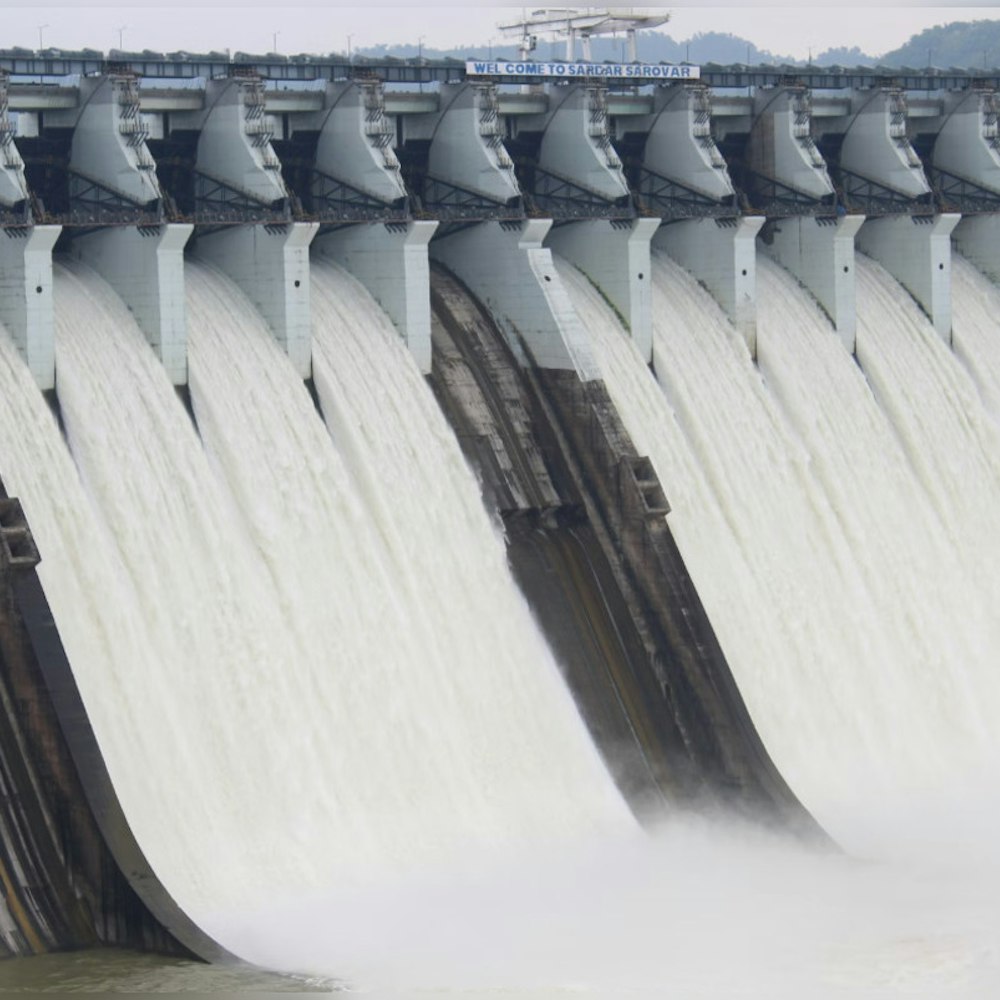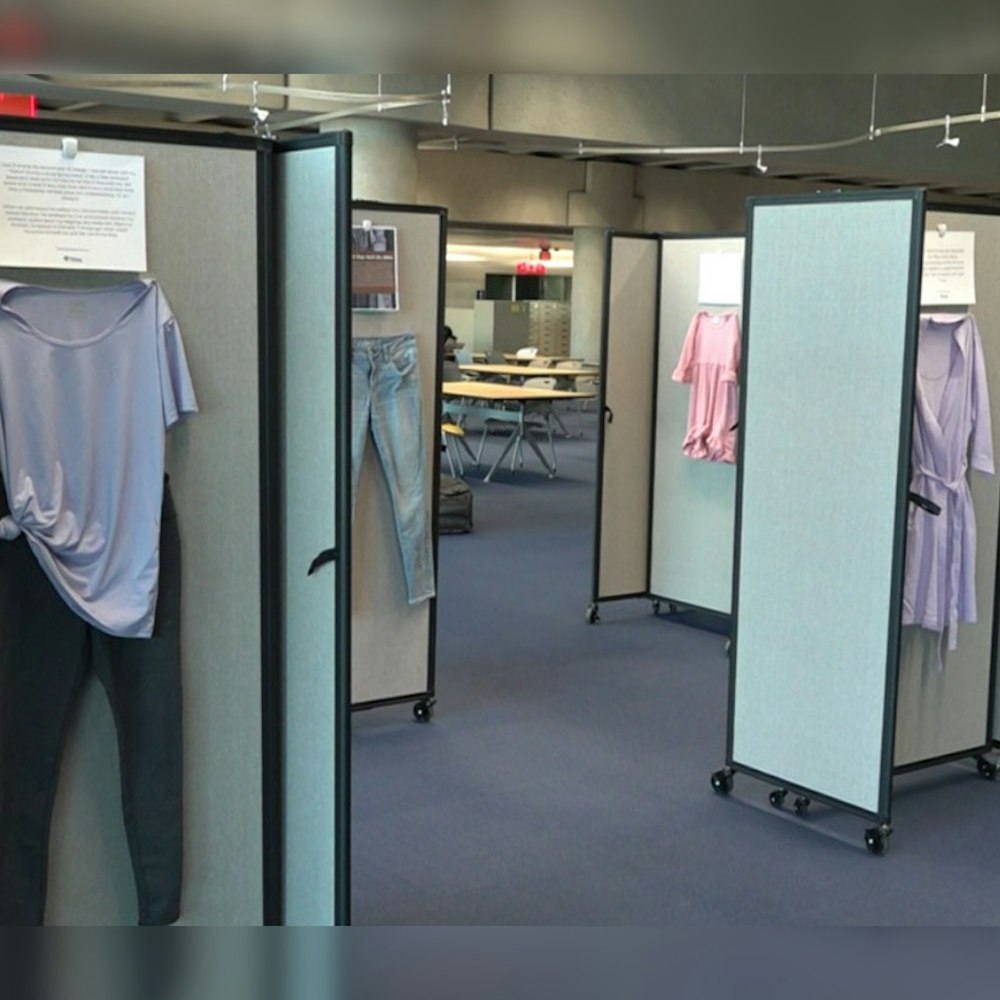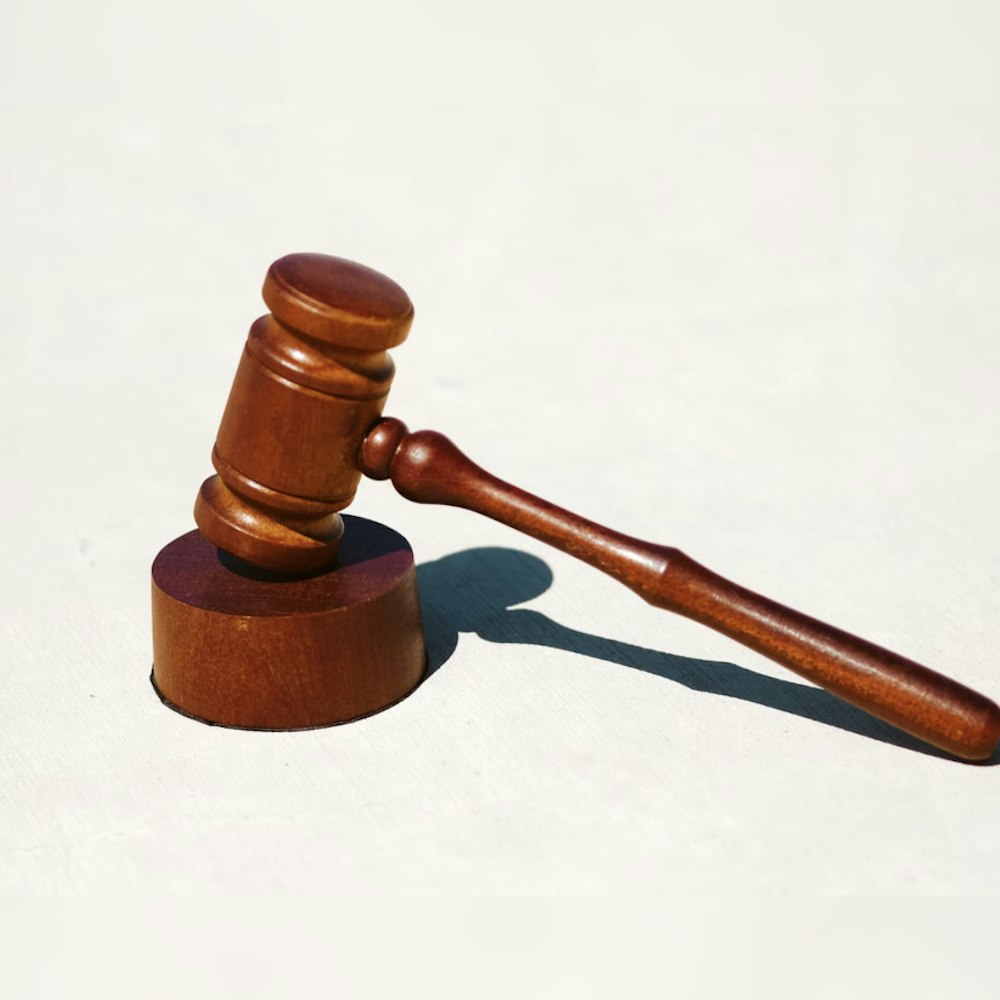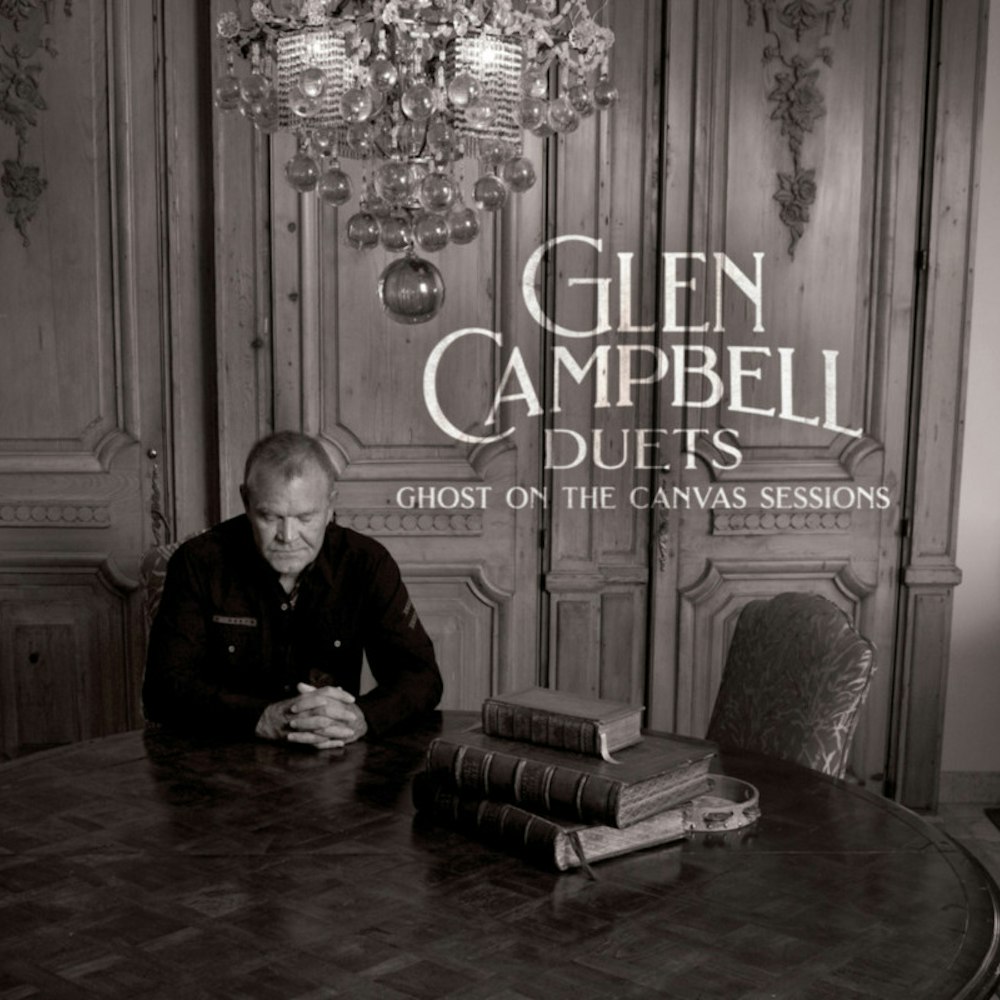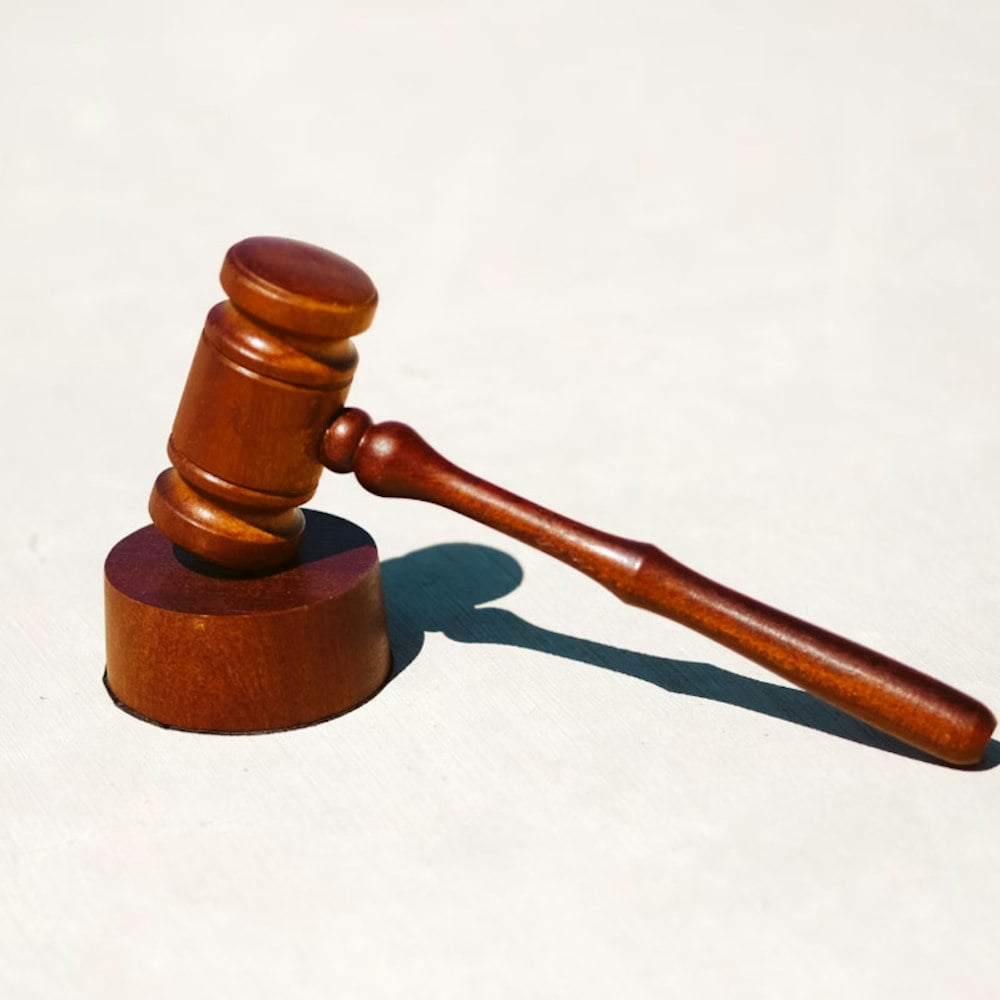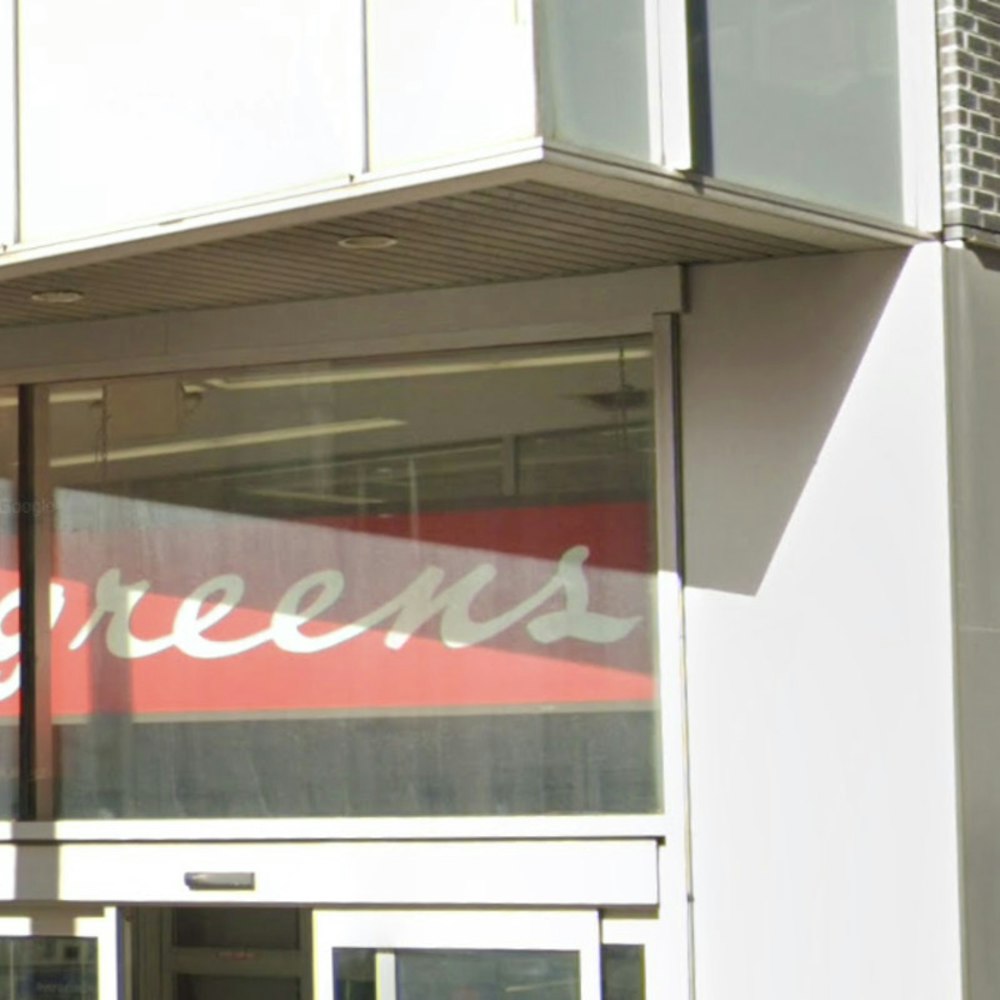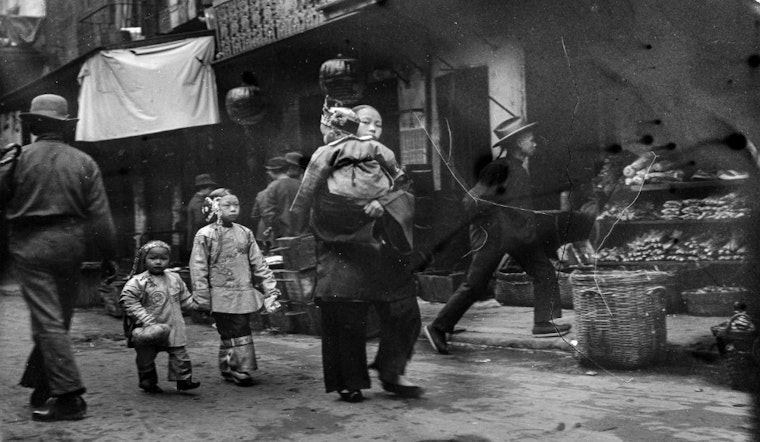
Get an inside look at San Francisco's Chinatown, from the Gold Rush through the 1989 earthquake, via a set of vintage photographs to be presented at a book launch, lecture and slide show on Saturday, April 16th. The event will be held at 2pm at the Chinese Historical Society of America (CHSA), 965 Clay St. in Chinatown.

Chinese Historical Society of America. (Photo: Nathan Falstreau/Hoodline)
The photographs in the slide show have been selected from roughly 200 collected in a book called Images of America: San Francisco's Chinatown, by Arcadia Publishing Company. It publishes pictorial books documenting the lives of those in specific communities in the country throughout history.
The book is by University of California Santa Cruz professor emerita and Chinatown native Judy Yung, a second generation Chinese-American. "As a native daughter of San Francisco's Chinatown, this was important for me," she told us. Yung will be at the CHSA for the release of a revised edition of the book to show and discuss many of the roughly 200 images she selected for the publication. Following the lecture, there will be a book sale and signing.
The book has three sections: from the late 1800s to the 1906 earthquake, from 1906 until 1945 at the end of World War II, and from 1946 to the 1989 earthquake. Yung also told us that she employed several contemporary Chinese-American photographers to help her shoot scenes of Chinatown in the present day, giving them an opportunity to gain exposure even as amateurs.
Ten years ago, when the company was looking to publish a book about San Francisco's Chinatown (the largest in the world outside of Asia), editorial staff reached out to the CHSA for assistance. Sue Lee, executive director of CHSA, told us that when Arcadia contacted her office, Yung was the first person who came to mind for a collaboration. Yung, who was once head librarian of the Chinatown branch of San Francisco's public library, said that she has always been attracted to pictorial documentation of history and the project was a perfect fit for her.
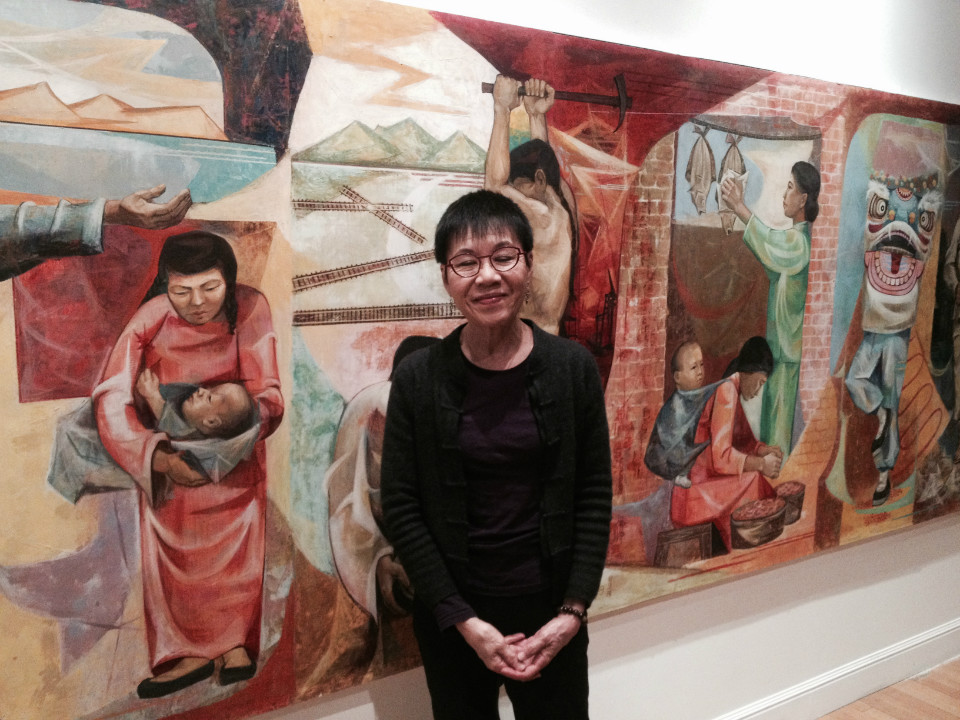
Sue Lee. (Photo: Nathan Falstreau/Hoodline)
Already an author of several books about immigration in San Francisco and Chinatown, Yung was familiar with many of the vintage photographs used for her other publications. And she was excited to share more from some lesser-known photographers such as Arnold Genthe. He was a German immigrant who came to San Francisco during the height of the Gold Rush to work as a tutor for a wealthy family, but later chose to stay after his employment ended and open a photo studio nearby.
Yung sifted through thousands of photos for the project to select the 200 or so photos that made the cut, and we asked her which images stood out the most. "Arnold Genthe is my favorite by far," she told us. He was fascinated by Chinatown, "and because he was an outsider and not really allowed into peoples' homes, he would set up his camera on the street and just documented daily life. I was most drawn to the photos he captured of women and children in Chinatown. Because in those days, women only made up five percent of the Chinese population."
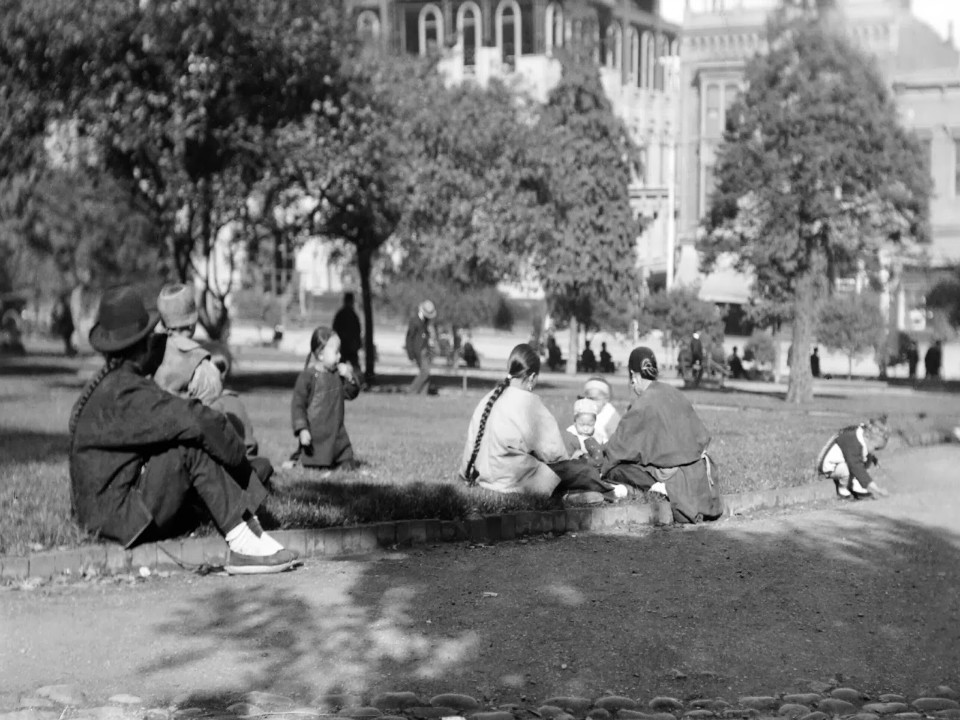 Portsmouth Square, Photo: Arnold Genthe/Library of Congress
Portsmouth Square, Photo: Arnold Genthe/Library of Congress
Due to the often difficult working conditions associated with the Gold Rush in the late 1800s, many Chinese women were not encouraged to emigrate to San Francisco. "They needed to stay at home and take care of their families," Yung said. "And San Francisco was considered to be a wild place."
Being able to see how Chinese-Americans lived and worked in those times is invaluable, she told us. Especially since there was much hatred towards the Chinese, who Lee told us, were simply trying to "take part in the Gold Rush like their European counterparts." The Chinese Exclusion Act of 1882 made things more complicated for the Chinese already here, forcing them to take work constructing the railroads instead of striking it rich panning for gold.
"Chinatown is one of the most picturesque neighborhoods in San Francisco," Yung told us. And part of that is due to the architecture, which is unique to the neighborhood. "None of this architectural style can be found in China," said Lee. Chinese residents were trying to hold on to what little identity they had, she told us. "Captain Montgomery came to what is now Portsmouth Square, named after U.S.S. Portsmouth, and planted an American flag in 1846" on the site declaring it a part of the United States even though California wasn't to become a state until 1850.

Chinatown today. (Photo: Ken Lund/flickr)
Portsmouth Square was integral to the Chinese-American community, as bay waters used to reach that spot before what is now the Financial District was created with old ships and landfill. That made it an important port of entry for goods coming in from the East, as well as for fishermen bringing in their daily catch to provide food for the community.
Many of the photographs in the book document this creation of Chinese identity in San Francisco. Yung said she wanted to write the book keeping in mind that Chinatown is not merely a tourist destination often seen as exotic, but a real neighborhood where people live, play and work. "It's not just an Oriental Disneyland," she said.

